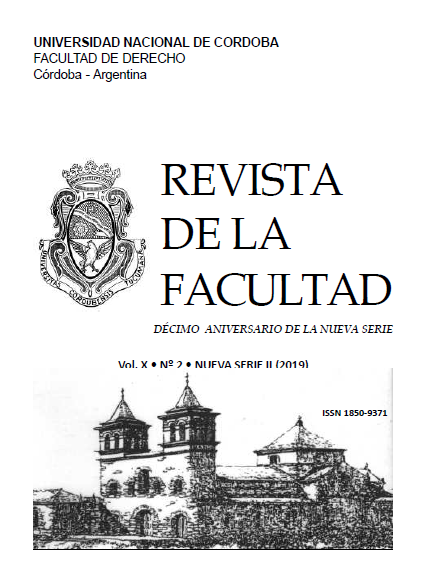HOUSING AND ELDER LAW: TRIALISTIC LEGAL PERSPECTIVE
Keywords:
Law, Old age, HousingAbstract
Main objective. The purpose of this work is to demonstrate that housing constitutes a complex legal institution that has a three-dimensional impact on the law of old age. Methodology. From the methodology of the
Trialist theory of the legal world developed by Goldschmidt and Ciuro Caldani, housing can be understood as a material, symbolic and functional object of study. The material dimension alludes to the closed and covered space in which each person establishes his or her center of life, which we will call "home" here. The symbolic dimension refers to the affective and biographical meanings that the house represents for the person who lives in it. It is, therefore, the "home". Finally, housing has a functional dimension from which the development of life is organized and conditioned, so that housing is also a "habitat". Results. The relationship between older people and their home is uniquely critical and dynamic in all three dimensions (home-home-habitat) because of the evolution of old age itself. The following pages are intended to recognize these problems in the light of the law of old age and to provide a legal diagnosis of the challenges and remedies.
Downloads
Downloads
Published
How to Cite
Issue
Section
License
La publicación del artículo implica la donación de los derechos de autor a la Facultad de Derecho, conservando el autor su derecho a utilizar el artículo en publicaciones de su autoría o páginas web referidas a su trayectoria. Para el caso de otro tipo de publicaciones, antes de su utilización, deberá obtener autorización de la facultad.


